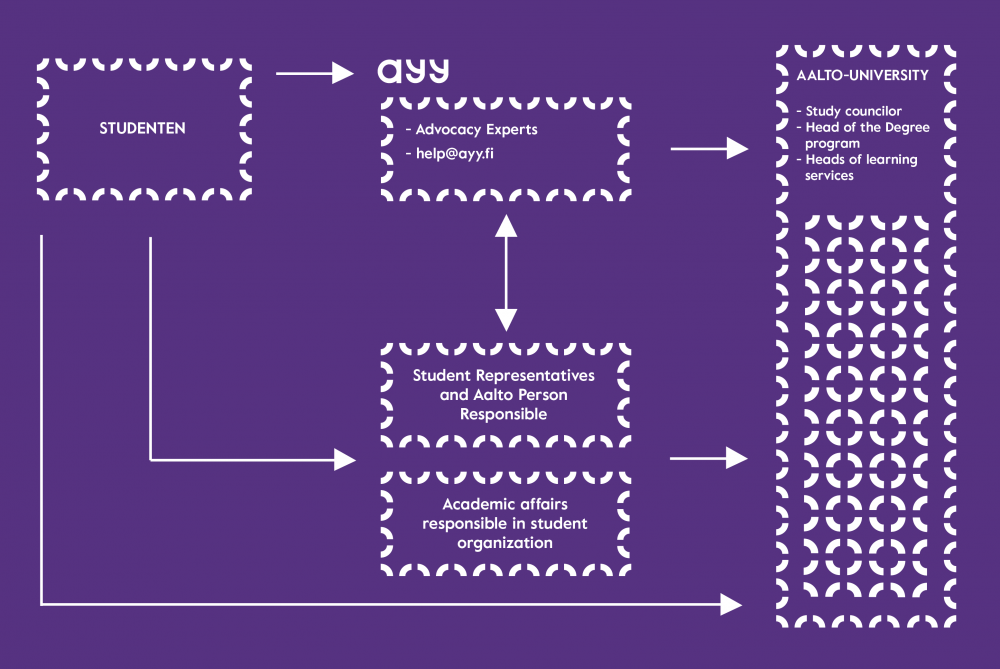The new parliament must open its eyes: Finland needs to attract professionals from abroad if it as a nation wants to remain at the top of education and know-how even as its population ages and the dependency ratio weakens. Many European countries have a separate programme in place for attracting top professionals and committing them to the country, with particular effort placed on the foreign nationals studying in higher education institutes.[1] In Finland, there is still much to be done: the waiting periods and renewal processes for residence permits are lengthy and costly, and finding work in one’s own field is often difficult due to lacking social networks and the workplaces’ requirements of Finnish language skills.
“We will not gain international professionals if there are bureaucratic obstacles in the way. It is utterly crazy for us to throw away the available skills potential,” states the Chair of the Board of Aalto University Student Union Tapio Hautamäki.
Foreign students should automatically be offered a permanent residence permit in connection with graduation from a Finnish higher education institute. At the moment, a student with a foreign nationality who graduates with a Finnish degree practically ends up directly at the Finnish Immigration Service’s offices, where Finland has a one-off residence permit for job searching to offer that is valid for only one year. Even graduates who are already in employment are not granted a permanent residence permit at this moment.
It is evident from the data of Statistics Finland[2] that 1600–1800 professionals with a higher education degree emigrate from Finland each year, and even though a part of them also return to Finland, there is an annual emigration loss of 500–800 persons with higher education. This makes it even more important to put effort into Finland’s attractiveness[3] and, in particular, the dismantling of the inflexible residence permit processes of foreign nationals who graduate from Finnish higher education.
“It is beneficial for both Finland and the students graduating here for Finland to be international and a good place to live and work in,” emphasises Hautamäki.
AYY proposes the following measures:
- A permanent or at least a long-term residence permit must be established and offered automatically to students with a foreign nationality who graduate from a Finnish higher education institute.
- Granting residence permits to employees recruited from abroad must be simplified and sped up.
More information is available from:
Tapio Hautamäki, Chair of the Board, 040 757 9629
Rosa Väisänen, Advocacy Specialist, 050 527 2401
[1]Several countries, such as Canada (3 years), Germany (18 months) and Ireland (2 years), offer longer residence permits for job searching alone.
[2] Statistics Finland: Immigration and emigration by country of dep./arrival, level of education and age group, 2005–2017
[3] More than half of the foreign degree students studying in Finland plan to stay in Finland after graduation, and the students of technology and business, in particular, are more interested than average of long-term employment in Finland. In addition to these results, however, the International Student Barometer survey conducted in 2017 also reveals that students with a foreign nationality face the most challenges and dissatisfaction specifically in matters related to finding employment, such as networking opportunities and working life connections during their studies.





